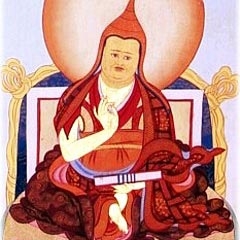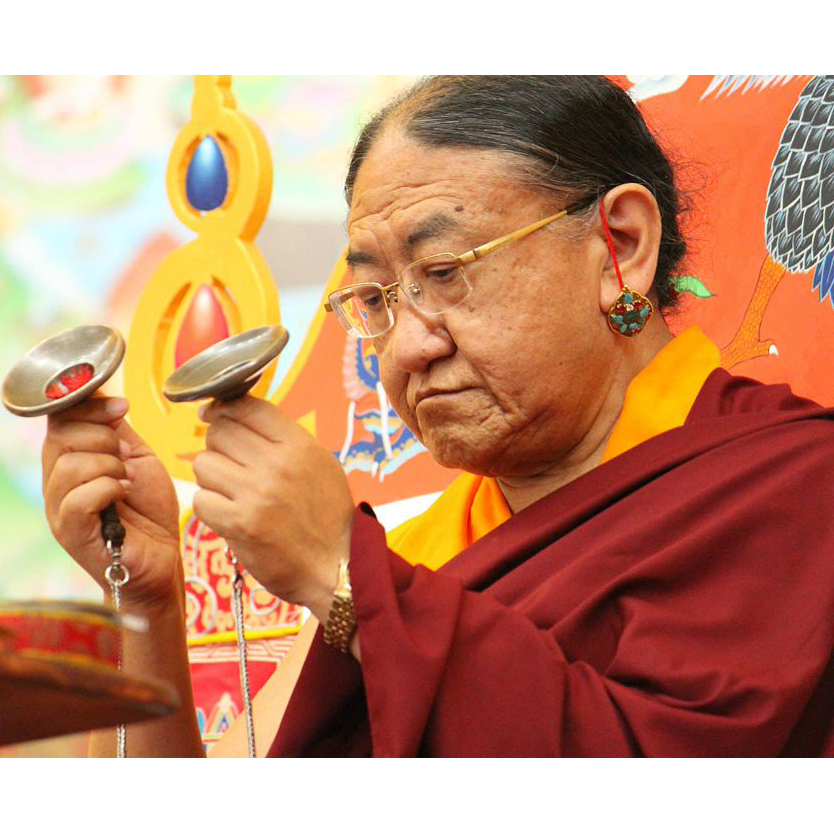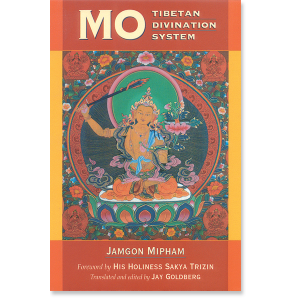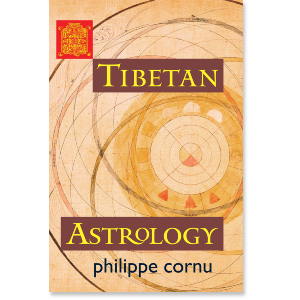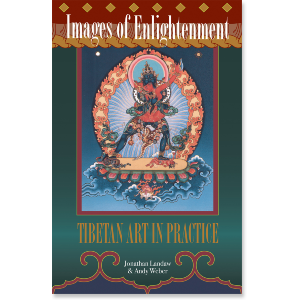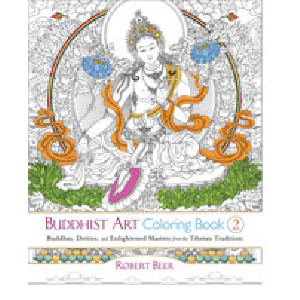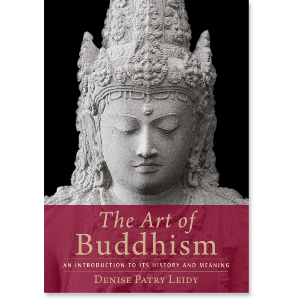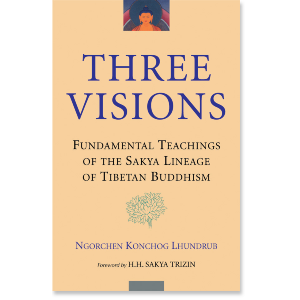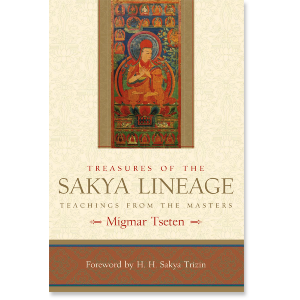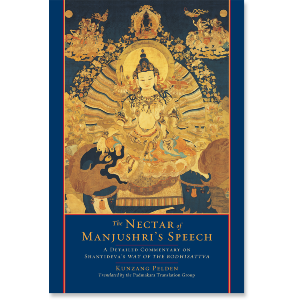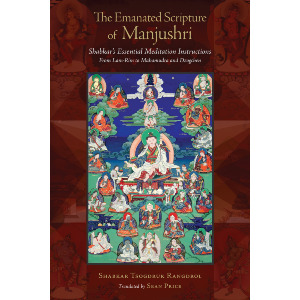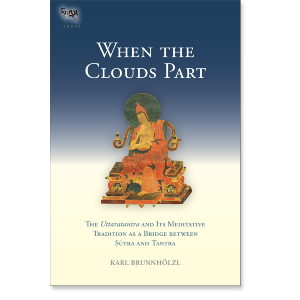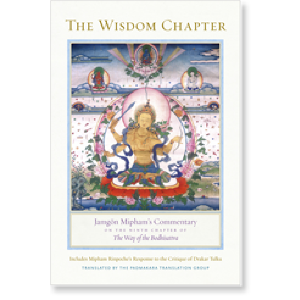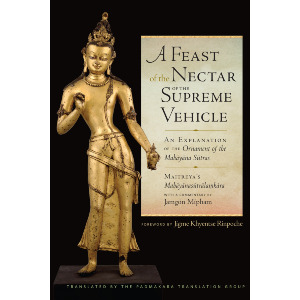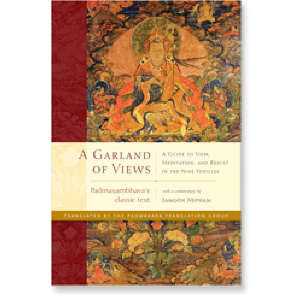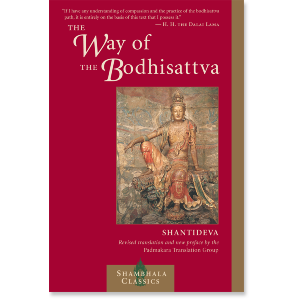| The following article is from the Summer, 1991 issue of the Snow Lion Newsletter and is for historical reference only. You can see this in context of the original newsletter here. |
Mo: Tibetan Divination System
Forward by H.H. Sakya Trizin
The system here, compiled by the great master Jamgon Mipham from the sacred Tantras expounded by the Buddha, obtains its authority from the spiritual power and wisdom of Manjushri the Bodhisattva who embodies the transcendental knowledge of all the Buddhas.
The Forward
The ever-increasing wealth of books concerned with Tibetan culture and religion has both influenced and broadened the outlook of the West. A few of these publications have dealt with our life and culture in a balanced way, discussing them in their proper context. However, the majority of books have looked at one aspect of Tibet, in isolation from the whole. This may leave the reader with a disjointed view of Tibet.
The work presented here–MO: TIBETAN DIVINATION SYSTEM–should be seen against the entire backdrop of Tibetan culture. The Mo should not be seen as a spurious religious practice, unconnected with the profound teachings of the Buddha which underlie the life of the Tibetan people.
the highest good is to benefit other living beings
In Buddhism, especially in the Mahayana tradition, it has been taught that the highest good is to benefit other living beings. This is exemplified by the bodhisattva, a being who strives to gain the stage of pure and perfect enlightenment for the sake of all sentient beings.
Numerous scriptures tell us that a bodhisattva should not hesitate to use any method that would bring relative and ultimate happiness to others. The bodhisattva has been enjoined to assist others by giving them spiritual teachings, material objects such as medicine and food, fearlessness, loving kindness and advice on how to deal with the travails of worldly existence.
The bodhisattva. . . .gives spiritual teachings, material objects such as medicine and food, fearlessness, loving kindness and advice on how to deal with the travails of worldly existence.
Since the Buddhas are endowed with knowledge of the cause and effect of all conditions as well as insight into their ultimate reality, the use of Mo could prove beneficial if combined with unwavering faith in and one-pointed concentration upon the Buddhas. Mo is thus one of the ways in which unenlightened beings may rely upon the Buddhas to help overcome predicaments in their everyday lives.
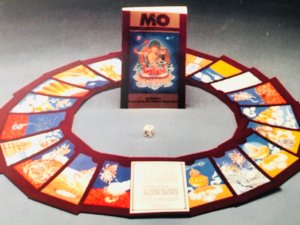
First of all, it is a system that allows us to help ourselves to see a situation or event clearly. Secondly, if we use it for others with the proper motivation of performing a selfless act of giving–as has been extensively done by many of the great teachers of Tibet–it is a system that enhances our practice of the Bodhisattva's path.
There is also a secondary function of the Mo. The central, most profound teaching of the Buddha is Pratitya Samutpada, which may be translated as interdependent origination or codependent arising. This teaching simultaneously explains the essence of the interplay of causes and conditions on the ultimate level of reality.
Buddhas are endowed with knowledge of the cause and effect of all conditions as well as insight into their ultimate reality
How does Mo reveal interdependence–cause and effect–and causal play of the world?
Although diligent efforts are needed in concentration and insight to attain a realization of interdependent origination, a system such as Mo reveals a glimpse of the interdependence and causal play of the world in which we live and may hopefully induce one to investigate it on a deeper level.
Many methodologies of Mo have been utilized in Tibet. The system here, compiled by the great master Jamgon Mipham from the sacred Tantras expounded by the Buddha, obtains its authority from the spiritual power and wisdom of Manjushri the Bodhisattva who embodies the transcendental knowledge of all the Buddhas.
by relying upon the compassionate blessings of Manjushri and the power of his mantra, you should have no doubt that the wisdom of all enlightened beings is manifesting itself in the throw of the dice.
It is Manjushri's speech as epitomized in his holy mantra,
OM AH RA PA TSA NA DHIH,
and the sanctity of his all-pervasive wisdom that empower one to obtain an accurate answer that reflects the interplay of conditions concerning the situation and its outcome. In the Manjushri Nama Samgiti (Chanting the Names of Manjushri), the Buddha himself extolled the great qualities of Manjushri and stated that the mantra of Manjushri,
OM AH RA PA TSA NA DHIH,
is an expression of the wisdom experienced by all enlightened beings. Therefore, by relying upon the compassionate blessings of Manjushri and the power of his mantra, you should have no doubt that the wisdom of all enlightened beings is manifesting itself in the throw of the dice.
The two translators of MO: TIBETAN DIVINATION SYSTEM, Lobsang Dagpa and Jay Goldberg, have explored the Dharma at many levels and their understanding of the scriptures is clearly seen in the fine work they have produced here. This translation, together with the beautiful paintings created for the text, presents to the English speaking world another addition to the accurate and growing body of literature concerning our land of Tibet.
–H.H. Sakya Trizin
The original box contained a book, card deck, die, and Manjushri meditation image and quick method card.
 The Tibetan divination system called “Mo” has been relied upon for centuries to give insight into the future turns of events, undertakings, and relationships.
The Tibetan divination system called “Mo” has been relied upon for centuries to give insight into the future turns of events, undertakings, and relationships.
It is a clear and simple method involving two rolls of a die to reveal one of the thirty-six possible outcomes described in the text. Unfortunately, we no longer carry Snow Lion mo dice. However, as described in Mipham Rinpoche’s book Mo, any type of dice can be used to reveal your outcome.

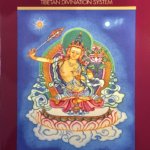

%20(1)%20(1).JPG)
